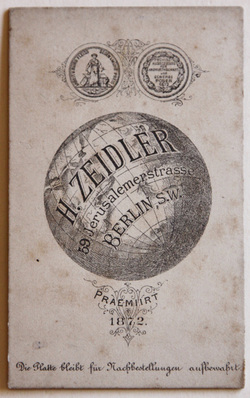 A while back I posted images of some of my cabinet cards from my ever growing photo collection. With some, I have been doing a little investigation into the photographer and such.
0 Comments
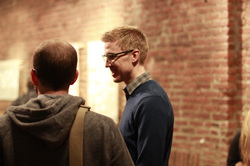 This morning I woke up in the Upper West Side of Manhattan. I now sit on my couch in Grand Forks, ND. It is a strange contrast of cultures and views. I love both...I love visiting NYC. I love coming home too. It was a great trip...good food, the Met, Guggenheim, and lots of walking. But the highlight of course was my own opening at Space 38-39. Given Sandy's destruction on the island the week before, we had no idea what to expect. But I was happy with the turnout and some great questions and conversations about the work. I am so thankful for the opportunity to show at IAM's gallery and certainly to Meaghan and the staff there for the publicity and work that goes into putting it all together. 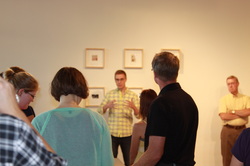 Last week Friday, Karina and I made a flying trip down to Orange City, IA to my opening at Northwestern College. It was a great opening...a good turnout, time with family and friends, seeing former professors, and of course seeing ones art in a new space. As I said that night, any solo exhibition is a great event as an artist but the opportunity to do so in a community that has been so formative in my own life is extremely special. I am so thankful for this opportunity, for family and friends who came to the show, and for Emily Stokes wonderful help in hosting. 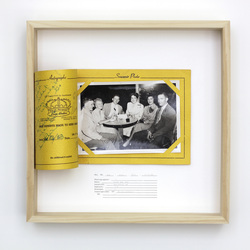 I am happy to announce my upcoming opening of Objective Subjects at the TePaske Art Gallery at Northwestern College in Orange City Iowa. The work includes many pieces that were first shown in my MFA exhibition at the University of North Dakota. The show will also have a number of new pieces. I am thankful for NWC's hosting of this work, their work to publicize the show and the opening. Below is their press release. NORTHWESTERN ART EXHIBIT TO FEATURE 8-13-12 WORK BY NORTH DAKOTA ARTIST RYAN STANDER FOR IMMEDIATE RELEASE ORANGE CITY, Iowa—“Objective Subjects,” an exhibit by North Dakota artist Ryan Stander, will be on display in the Te Paske Gallery of Northwestern College Aug. 21 through Sept. 14, with a public reception scheduled for Friday, Aug. 24, at 7 p.m. Stander’s show reflects his interests in memory and vernacular photography and explores the relationship between the archivist and the objects in an archive. Traditionally viewed as an objective repository of items and information essential to human history, archives now are understood to reflect the cultural and historical biases of the curator—or as Stander puts it, “the inescapable fingerprint of archivist in the formation of the archive, human memory and, ultimately, history itself.” As part of his exploration of objectivity and subjectivity in the interpretation of texts and objects, Stander has taken thousands of vintage snapshot photographs, most purchased through eBay, and placed them in traditional archive and museum trays and drawers to suggest the modern scientific approach. By modifying them with translucent layers and white-on-white lithograph backgrounds, however, he also suggests the cultural framework— including beliefs, biases and assumptions—that guide human interpretations. Originally from northwest Iowa, Stander now lives in Grand Forks, N.D., where he earned a Master of Fine Arts degree in mixed media from the University of North Dakota. He also holds a master’s degree in theology from Sioux Falls Seminary and a bachelor’s degree in art from Northwestern College. His work has been exhibited internationally in China, South Africa, Nicaragua and Grenada, and nationally in New York, New Jersey, Missouri, Kentucky and Texas. More extensive exhibitions across the upper Midwest have included North and South Dakota, Montana, Minnesota, Iowa and Wisconsin. Northwestern’s Te Paske Gallery is located in the Thea G. Korver Visual Arts Center, on Highway 10 at 214 8th Street SW in Orange City. Gallery hours are 8 a.m. to midnight Monday through Saturday and 1 p.m. to midnight Sunday. by Anita Cirulis 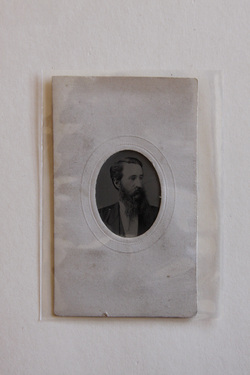 Following up yesterdays post on tintypes, I thought I would share this small collection of tintypes I picked up in Tea, SD back in January. They were sold as a lot of 6. These are among the smaller tintypes in my collection but they are all set within an embossed paper/cardboard frame. While none of these are have any real rarity to them, I did like the various framing on the pieces. You can see that the photos are in a plastic protective sleeve...ones that I have borrowed from my baseball card collection that is still hanging around. My goal in collecting these objects is to one day use them in a history of photography class to discuss the early photographic processes and how photography impacted the general populace, rather than simply focus on the fine art component. 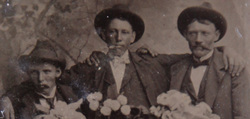 Of the thousands of vintage photos that I have collected, the tintypes are among my favorite. Today Ive included a small gallery of a few of my collection. I am perpetually astounded by the quality of some of the images...how sharp they are...the beautiful depth of field in some. For an early process, they are remarkable. The size variation is always interesting as well. Not many are more than 2x3 but many are 1x2. I think this variation is at the heart of my love for vintage photography against the standardized formats that I grew up with. Enjoy. 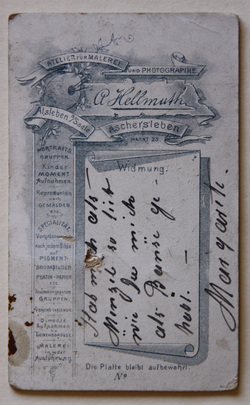 A while back I did a little work on another Cabinet Card that was actually a lot of fun for me. I love giving these objects a bit of a historical context and the Cabinet Cards are especially open to these sorts of investivations. This card was received in the same lot as the others a few months back. Once again we set the time period of production between the 1860's and 1900. So here it goes... Our photographer looks like A Hellmuth from Aschersleben (or Alsleben as both places are listed on the front of the card). But sadly that is all the information I can find on the man. Ancestry.com does list several German born A Hellmuth's in the 1930 American Census. But without a full first name it becomes much harder to make any sort of conclusion about an immigration. Neither do any of them list photographer as their profession, though that may well have changed within a move to a new land where you do not speak the language. So...Moving on... Starting with the top line "Atelier fur Malerie und Photograpihe" = Studio for Painting and Photography (I actually wonder if this is a typo on the "photograpihe" on the card instead of "photographie"? In the banner under the name it lists both towns Alsleben a/Saale (Salle is the river on which the town is located) and Aschersleben. Under this, the address of Markt 25 is listed. Assuming streets and names have remained the same, see it here on Google Maps. On the left panel it reads, "Portraits, Gruppen, Kinder, Moment, Aufnahmen, Reproduction, Gemalden etc., Specialitat: Vergrosse(?) nack jedem bilde auf pigment bromsilber, platin papier etc. Zusammengeserzte Gruppen, Vereins Tableaux, Deinecte Aufnahmen bis Lebensgrosse, Malerei in Jeder Ausfuhrung." While Google Translate cant figure everything out, it comes back as "Portraits. Groups. Children snapshots. Reproduction for paintings, etc., Specialitat:Enlarge to every fancy of pigment-bromide, platinum paper, etc. Zusammengeserztegroups (?). Association tableaux. Direct recordings to life-size painting in any execution." The bottom line reads, "die platte bleibt aufbewahrt" which means "the plate is kept" and numbered into the photographers inventory for future reproduction. Within the scroll is the term "widmung" which translates to "dedication" hence the wonderful handscript, which I cannot read save for the name Margaritte. If you can read German handwriting could you make out that translation for me? Well, without finding much on the photographer himself, it is hard to go on much beyond the facts on the card itself. I do still find them fascinating and there are more coming up in the next month or so that I will be looking at as I have time. 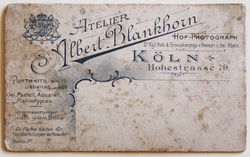 Within my ever growing collection of photographic objects are a few photos known as Cabinet Cards. In the mid 1800's photographers began attaching thin albumen prints to a thicker cardboard and were modeled in size (2x3.5) and intent on the calling or buisness card. By the 1870's the size increased to about 4.5x6.5 inches but maintained the albumen print on adhered to the board. The cards were greatly popular for both the photographer and consumer. For the photographer they had an easy marketing in the very form of its product. Their popularity ran through the early 1900's when it became increasingly possible to photograph with ones own camera apart from the studio. One of the things I love about these cards is that it answers a few questions about these mysterious photographs...who took the photograph, and where was it taken. As you can see from the image up in the corner, the photographer was Albert Blankhorn in Koln or Cologne, Germany. Once you know someones name, you can begin to do a little cyber sluething. Here are some more photos taken by Albert. His studio (Atelier) was located at 79 High Street (Hohestrasse) which you can still find on Google maps here. While you are there, take a look at the street view. Perhaps this is even the shop where he once worked. With the help of Google translate, we can figure out what the lower left means. While some of the paper is missing, it says something like "Portraits through/by work in oil, pastel, watercolor, and platinum prints. "vergrösserungen nach jedem bilde" - "Magnifications for every fancy" "die platten bleiben fur nachbestellungen aufbewahrt" - "The plates remain stored for repeat orders." So apparently one could order reprints down the road. In the upper right hand corner, we learn the Mr. Blankhorn was the court photographer (Hof-photograph) for what roughly translates as the Grand Duke of Hesse on the Rhein (Sr.Kgl.Hoh.d. Grossherzogs v.Hessen u.bei Rein). Learn about the House and Rulers of Hesse here. Given the dates of usage for Cabinet Cards, perhaps we may assume, that his reference to the Grand Duke refers to Louis IV. 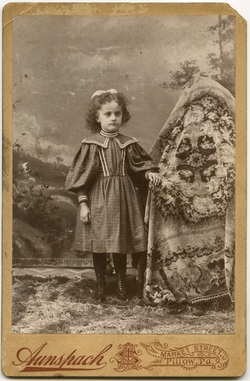 A couple of weeks ago I posted on a photo I picked up over Easter of a mother holding a child still during a photo. I metnioned how this forms a motif in vintage studio photography of the hidden mother. I bumped into a great site this morning that has a good number of example the "Invisible Mother" as they call it. I suppose I understand the practice considering the sqirmy or frightened child, but why cover the head of the mother? Why not photograph the two together or instead draw upon a Madonna and Child sort of precedent? Some of the photos in this motif do hide the mother quite well, others...well...do not. Because they are so obvious, they look rediculous...and kinda creepy. Anyway...Enjoy. 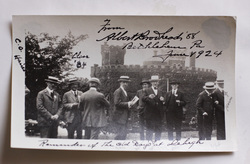 I have said numerous times in the past that receiving an emvelope or package of photographs in the mail from eBay reminds me a lot of collecting baseball cards in my youth. And like Forrest Gump's box of chocolates, you never know what you are gonna get. And while photography is intimately caught up with the documentation of place and time, sometimes the poignancy of history, like Barthes prick of the punctum, is startling. This photo does that for me. It is one of many recieved in a packet sometime this spring. What I love about it is the the beautiful script that dates and a name or two of the men standing around at Lehigh. Not only is the date of the photograph given in June of 1924, but the dates of graduation of these men. The photograph was taken by Albert Broadhead, aparently a well-known and generous 1888 alumnus of Lehigh. "When Albert Brodhead learned of James Ward Packard’s large gifts to Lehigh, he asked then university treasurer Walter Okeson if Packard had visited Lehigh since his graduation. Okeson said no, and Brodhead replied, “It seems to me if an alumnus without any local contact with the university can do so much, that I, who have always lived here and whose father was one of the early trustees of Lehigh, should do my share.” Brodhead’s father, Charles, for whom Brodhead Avenue is named, acquired extensive properties in what was then South Bethlehem and was involved in the iron and railroad industries. A business associate of Asa Packer, Charles was an early benefactor of Lehigh, donating the land on which the Alumni Memorial Building stands. A Bethlehem native, Albert Brodhead joined Chi Phi fraternity, the Photographer's Club, and the Electrical Engineering Society while attending Lehigh and graduated in 1888 with a degree in electrical engineering. Brodhead spent his career managing the family real estate, most of which was located in the Bethlehem area, including the historic district, South Bethlehem, and the then-undeveloped farmlands north of Route 22. He was an organizer and director of the Northampton Country Club and belonged to several other social organizations, including the Bethlehem Club." When he died in 1938, he left the bulk of his estate – 51 Lehigh Valley properties – to Lehigh. Subsequently, the multi-million dollar Brodhead endowment was established, and Brodhead House, the university’s first high-rise residence, was dedicated to his memory in 1979." If you are member of Ancestry.com, you can find more info on Albert Brodhead there and here. |
Ryan StanderArchives
January 2018
Categories
All
|
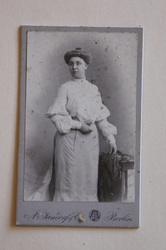
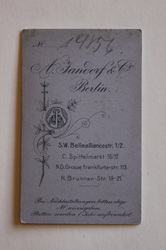
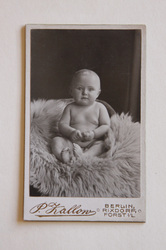
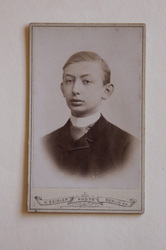
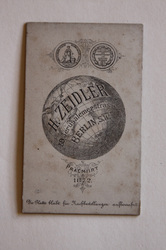
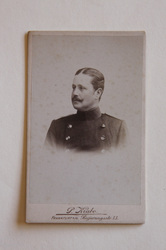
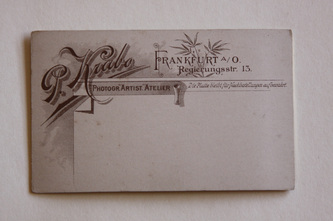
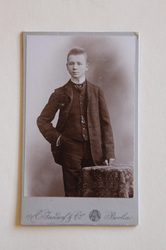
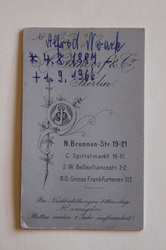
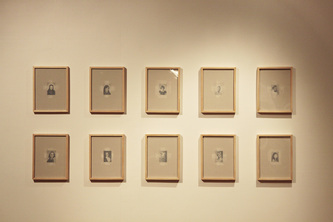
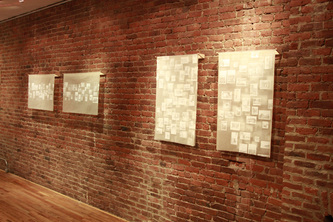
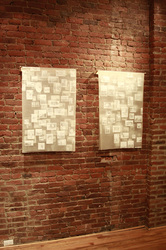
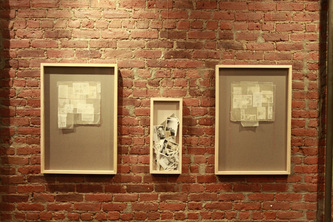
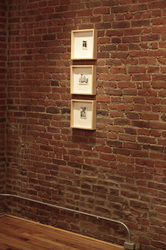
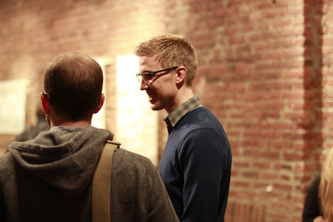
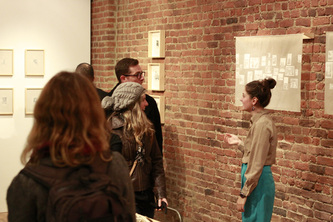
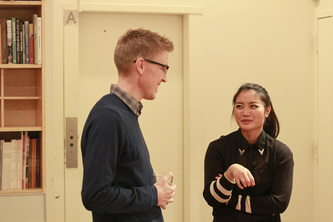
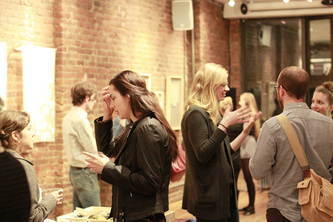
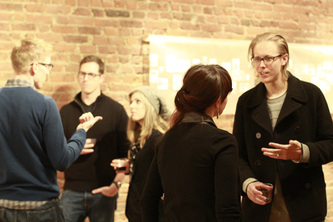
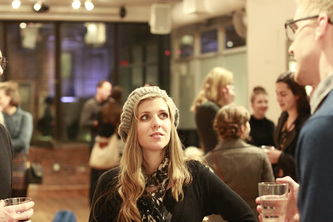
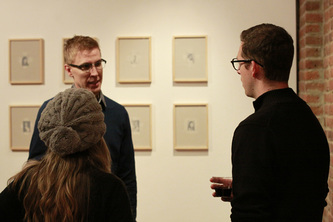
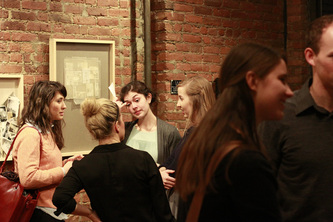
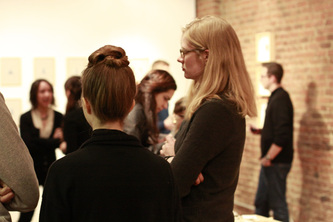
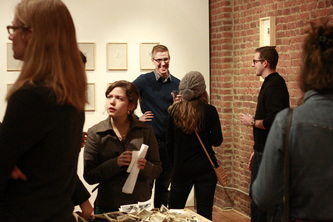
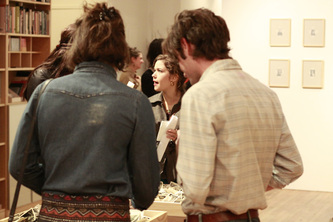
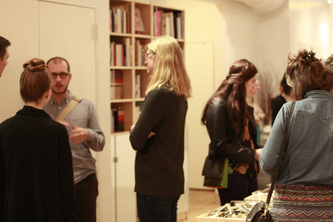
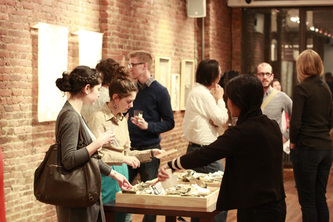
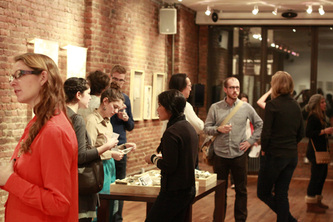
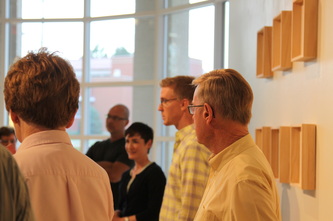
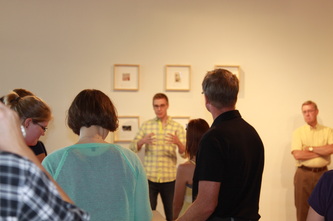
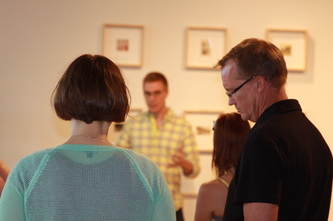
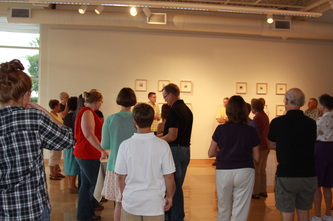
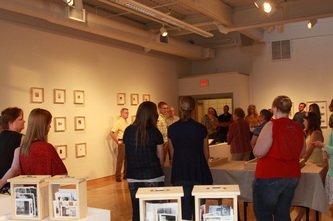
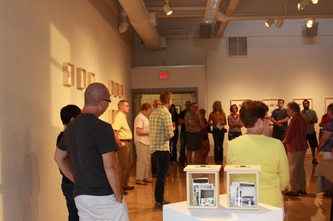
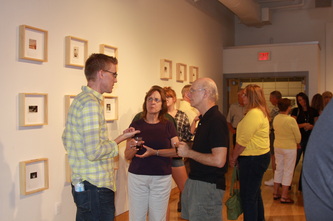
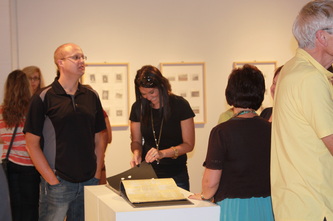
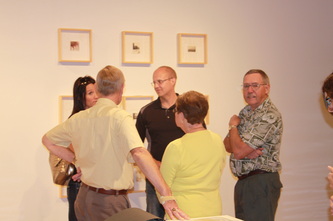
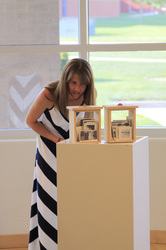
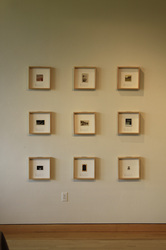
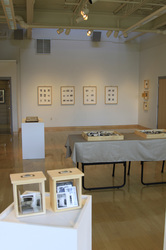
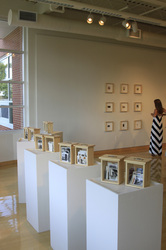
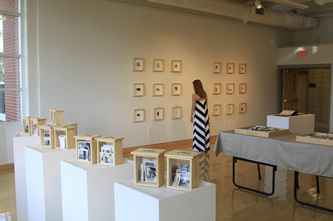
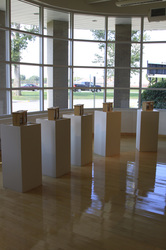
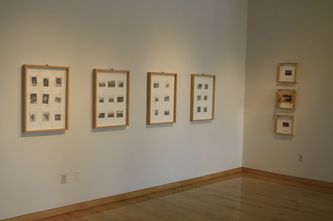
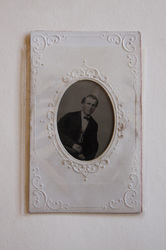
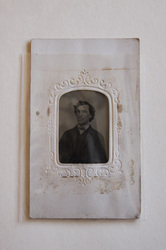
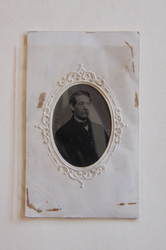
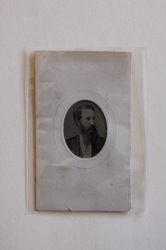
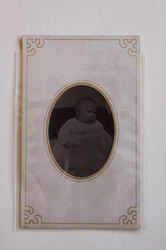
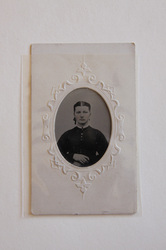
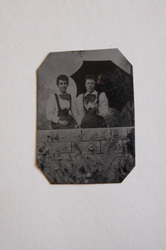
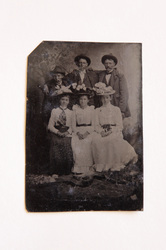
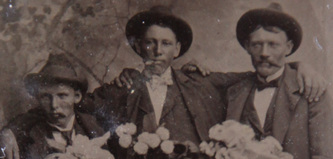
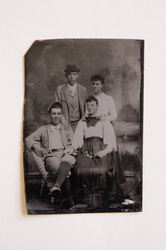
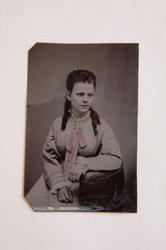
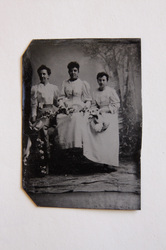
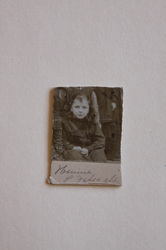
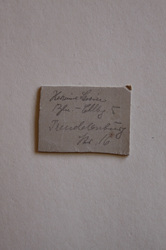
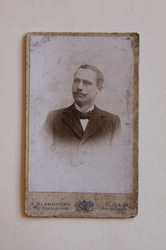
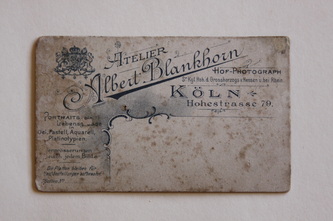
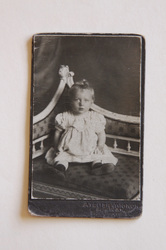
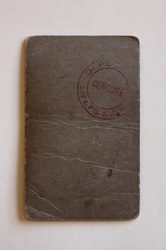
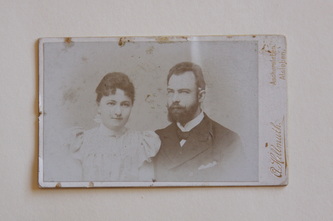
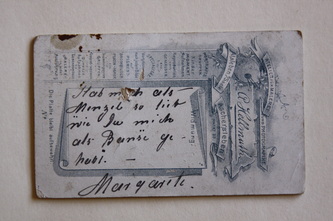
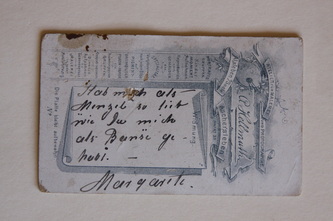
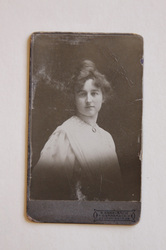
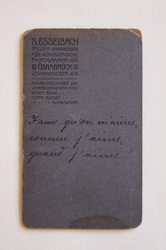
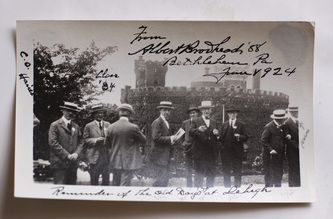
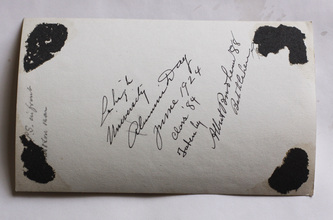

 RSS Feed
RSS Feed
